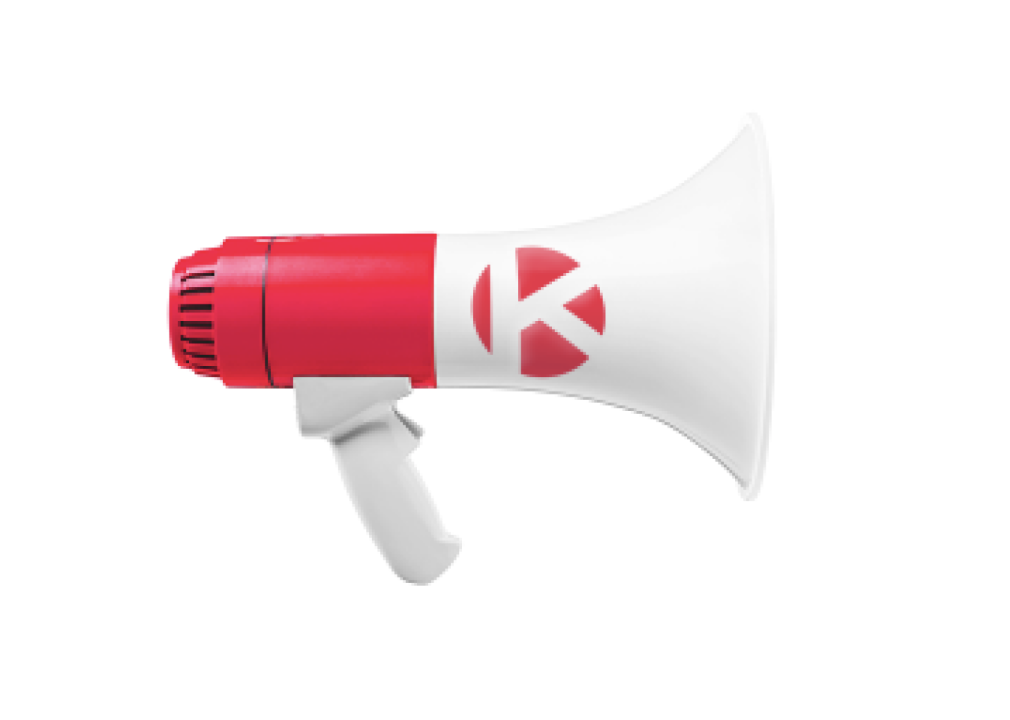Aligning Strategy to Execution with Kanban
Creating a strategy can be challenging, especially if you are dealing with conflicting priorities. Yet, developing a strategy that aligns the strategic objectives with their corresponding project and product-level execution is crucial for any organization that wants to ensure effective resource allocation and positive business results. Yet, to be
Kanban for Coaching
As a coach, my role is to help people who seek services to create actionable goals and/or tasks that have been agreed by both coach and coachee. In this collaborative relationship, having clarity and accountability is key to ensure that real noticeable progress is being made. Both coach and
Aging Work in Progress: Are Tasks Staying in Your Flow too Long?
Limiting work in progres is a core principle of Kanban known as WIP limits. WIP limits allows teams to focus on current tasks in order to finish them faster. While limiting what team members work on, we must also be mindful of how long a task is in progress.
How to Deal with Lack of Focus
“Where did my time go?” This was me when I sat down to finish writing a blog article but ended up working on something else. This was also me when I realized I’d been mindlessly watching YouTube videos when I had planned to do actual work. My lack of
Cumulative Flow Diagram: Your Most Powerful Tool to Create a More Stable & Predictable Flow
One of the common reasons why teams use Kanban is to visualize their workflow. Through a Kanban board, teams can track their progress and spot any bottlenecks in their system. But did you know that other Kanban tools provide insights about your team’s work? One of these tools is
Identifying Muri: Is your Team Overburdened with Work?
We all know that employees are the greatest asset of any organization. Yet there are companies where employees seem to be disengaged, unhappy, and unproductive. Being a key factor in business success, it’s important that organization leaders take a look at their employees’ work experience. One of the key














